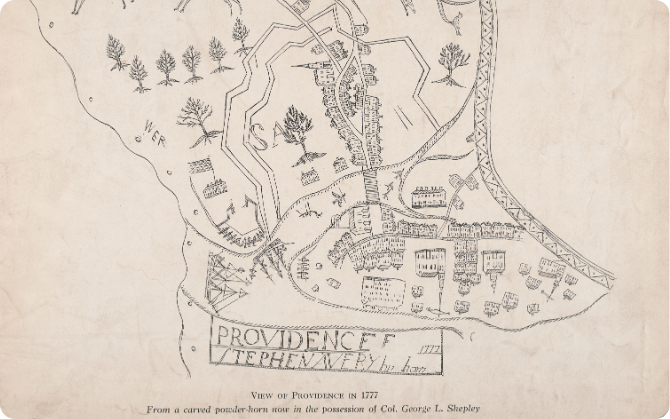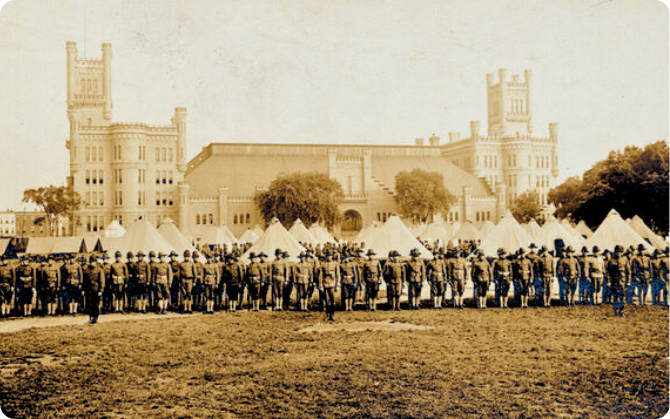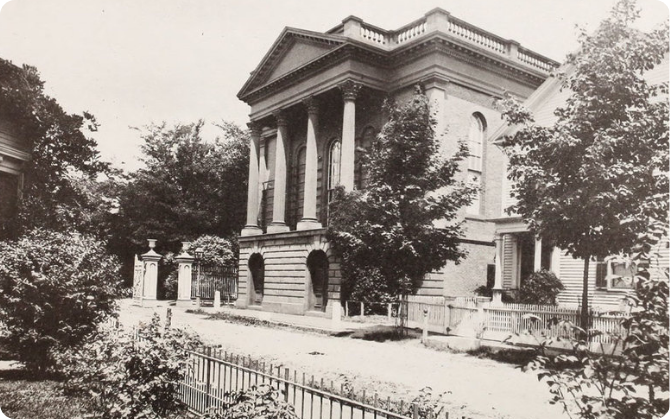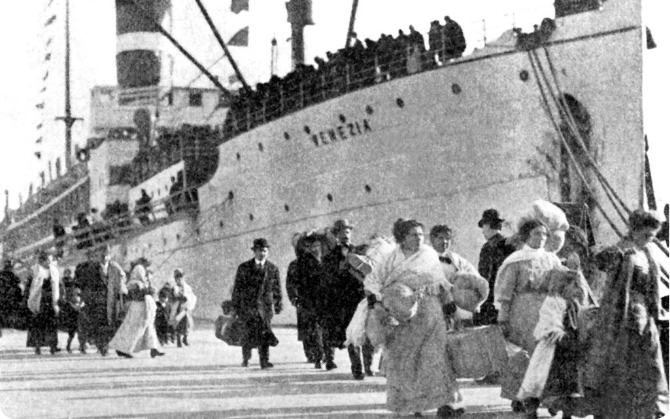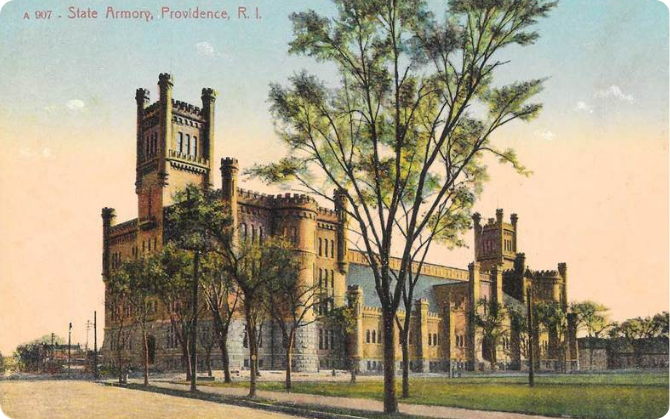NEIGHBORHOOD HISTORY
Colonial Providence Once reliant on shipping and the slave trade, Colonial Providence shifted to a manufacturing economy in the early 19th century due to the rise of textile mills. The city expanded across the Weybosset flats and up the hills south of the Woonasquatucket River.

